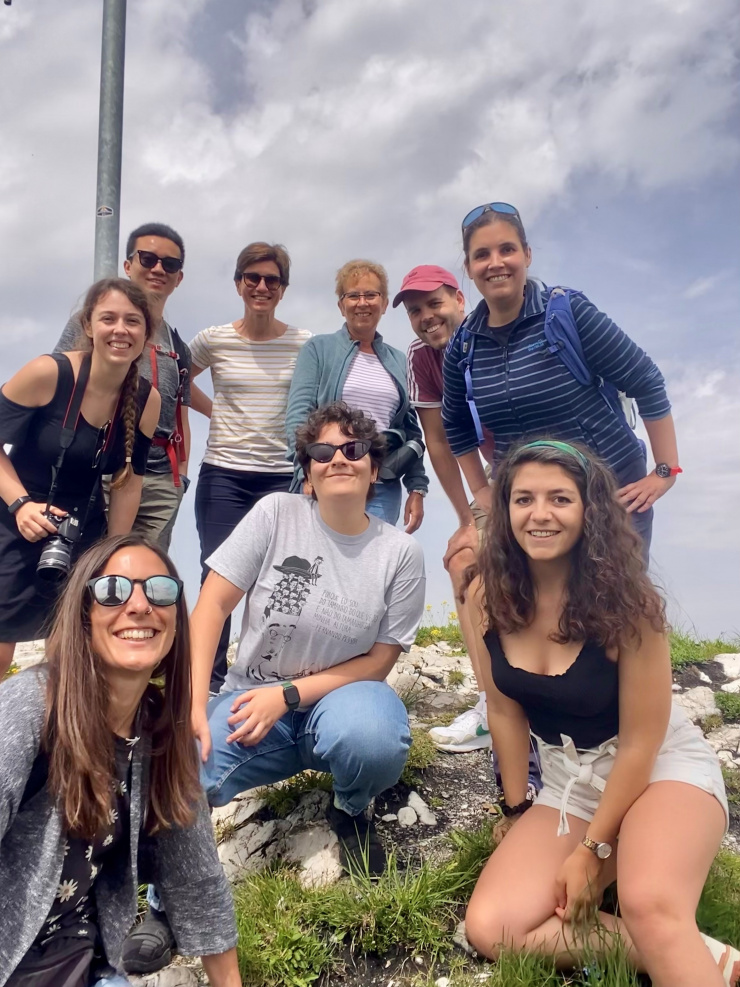
Our latest publications
Suberin plasticity to developmental and exogenous cues is regulated by a set of MYB transcription factors
Suberin is a hydrophobic biopolymer that can be deposited at the periphery of cells, forming protective barriers against biotic and abiotic stress. In roots, suberin forms lamellae at the periphery of endodermal cells where it plays crucial roles in the control of water and mineral transport. Suberin formation is highly regulated by developmental and environmental cues. However, the mechanisms controlling its spatiotemporal regulation are poorly understood. Here, we show that endodermal suberin is regulated independently by developmental and exogenous signals to fine-tune suberin deposition in roots. We found a set of four MYB transcription factors (MYB41, MYB53, MYB92, and MYB93), each of which is individually regulated by these two signals and is sufficient to promote endodermal suberin. Mutation of these four transcription factors simultaneously through genome editing leads to a dramatic reduction in suberin formation in response to both developmental and environmental signals. Most suberin mutants analyzed at physiological levels are also affected in another endodermal barrier made of lignin (Casparian strips) through a compensatory mechanism. Through the functional analysis of these four MYBs, we generated plants allowing unbiased investigation of endodermal suberin function, without accounting for confounding effects due to Casparian strip defects, and were able to unravel specific roles of suberin in nutrient homeostasis.
